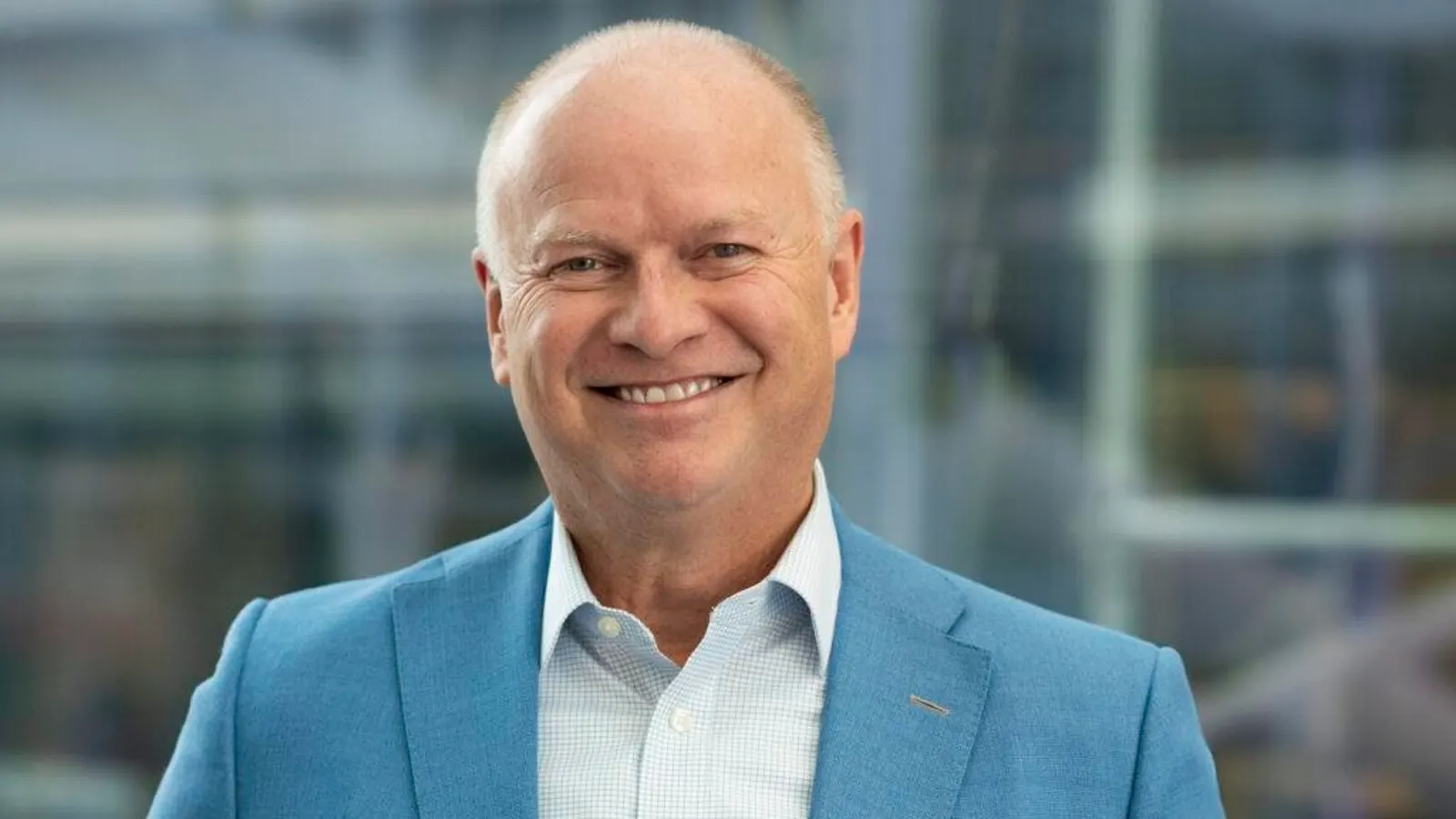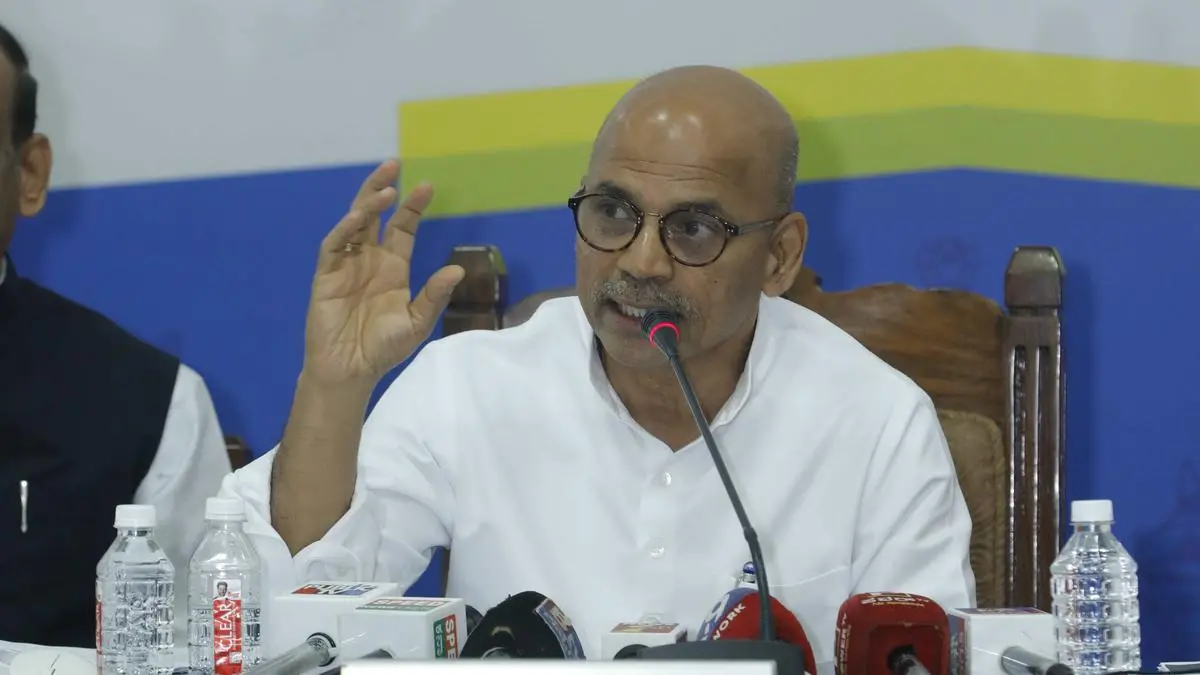By Contributor,Rhett Buttle
Copyright forbes

Bobby Franklin, President and CEO, National Venture Capital Association (NVCA)
Many businesses need access to capital when they are launching or at some point in their lifespan, but the type varies. For companies with high-growth, high-risk concepts that need time to be developed, investments from venture capital (VC) firms can be a viable option.
As President and CEO of the National Venture Capital Association (NVCA), Bobby Franklin leads efforts to create public policies that foster innovation and drive economic growth. The NVCA provides venture capital data, practical education, peer-led initiatives, and networking.
I recently had the opportunity to speak with Bobby about the NVCA’s work and the unique challenges that venture capital firms face. Below is our conversation, edited for clarity.
Rhett Buttle: Tell us a bit about you, NVCA, and how you support entrepreneurs.
Bobby Franklin: At NVCA, we serve as the voice of the venture capital industry in Washington, D.C. Since 2013, we’ve worked to ensure that policymakers understand how innovation and entrepreneurship drive our economy. Much of my role is acting as a translator, explaining Washington to the venture ecosystem and explaining venture capital to policymakers who often conflate VC with other forms of capital. We work hard every day to create a policy environment where bold ideas and groundbreaking companies can thrive.
Rhett Buttle: Depending on their industry and where they are, entrepreneurs and small businesses have different needs when they are launching. When are some of the instances of situations where they have a need for venture capital?
MORE FOR YOU
Bobby Franklin: An early-stage VC-backed company may be small in size, but entrepreneurs seeking venture capital don’t think of themselves as starting “small businesses.” Most small businesses are going to start selling or servicing or doing something right away and they expect to have revenue. That’s why their form of capital looks more like credit, where they’re getting a loan and are able to have revenues to help pay back that loan.
On the other hand, if you’re looking for VC money, you’re looking to spend time trying to fit your whole product in the market and you usually expect to go years without a single dollar of revenue. For example, if you are investing in life sciences, drug discovery, or new forms of energy, those can be extremely capital intensive in the early stages.
We often cite a study that says over 10 years, 75% of all venture investments failed, but the 25% that succeeded make up for all those losses. Somebody on the Hill once said, “Well, why are you telling me about all these losses? That’s not a good thing.” I said it’s a very good thing. It means that in the United States entrepreneurs have the opportunity to swing for the fences. We should want that failure rate high because that means we’re pushing the envelope of innovation that helps us as a country maintain our competitiveness in the world.
Rhett Buttle: What are some of the challenges that venture capital firms face in supporting small businesses and in turn, for entrepreneurs in obtaining venture capital?
Bobby Franklin: In general, the challenges are because too many people in Washington still conflate everything together so when we see rulemakings at agencies or when we see legislation on Capitol Hill, they sort of lump everybody together. We have to go in and say, “Look, you could be a big hedge fund or big private equity fund and that one firm could be larger than the entire venture capital industry put together and yet you’re going forward with whatever proposal and you’re treating everybody exactly the same.” That makes no sense. The average medium-sized venture fund in 2024 was a mere $21.3 million. Now that’s a lot of money, but when you’re talking about hedge funds and private equity funds, that’s tiny.
In the last administration, new mergers and acquisitions guidelines from the Department of Justice and Federal Trade Commission increased M&A scrutiny, harmed the exit market and slowed the flywheel of innovation. For venture, the “flywheel” depends on exits—whether through M&A or IPOs—so that funds can return capital to investors, raise new funds, and back more entrepreneurs. When exits stall, the entire cycle slows. There’s got to be a light at the end of the tunnel because venture capitalists are not sharks on Shark Tank. They have to go raise that fund and they have to return capital back to their investors. When they aren’t able to have exits by way of a merger and acquisition or an IPO, then it’s very difficult for them to go back and raise another fund and support more entrepreneurs. So the flywheel in the venture industry has just sort of ground down to a very slow movement here and that’s been difficult.
Tax issues are always front and center for us, and AI too. With so much investment flowing into the sector, regulatory proposals can have an outsized impact. For example, last year a bill in California would have been highly detrimental to the growth of AI and its potential. What happens at both the state level and in Washington has a great impact on where a lot of venture investing is going now.
Rhett Buttle: What would you say to someone who presents the argument that venture capital creates an environment where large companies coming are buying up small companies before they have the opportunity to fulfill their potential and create wealth for different communities?
Bobby Franklin: It’s not just about wealth, it’s about the success of an enterprise going forward and I think that one of the challenges to that argument is that they’re only looking at one side of the merger table. Not every venture-backed company is built to be a public company. Many succeed by innovating in a niche space where that product or service can’t go to a broader market without somebody else’s help.
Take pharmaceuticals: where roughly 60% of new drugs each year approved by the U.S. Food and Drug Administration are small venture-backed companies that came up with a new drug. These firms are often bought by Big Pharma because they don’t have the necessary distribution machine or insurer relationships. If you put a wet blanket on every merger and acquisition and don’t pay attention to the other side of the entrepreneurial ecosystem, then that type of innovation can come to a halt. That’s what we’re seeing today. We are seeing the lack of capital being formed to support entrepreneurs because there haven’t been distributions back to the limited partners who gave the capital in the first place.
Rhett Buttle: The budget reconciliation package was recently signed into law. What provisions was the NVCA monitoring in the legislation?
Bobby Franklin: One of our top priorities was fixing the treatment of R&D expenses. For early VC-backed companies, almost all their expenditures are research and development. Since 2017, startups have been forced to amortize R&D costs over a five-year period. Many told us it was the breaking point that led to failures. If you are a company and you’ve got a round of funding and all you’re doing is R&D, all of a sudden somebody comes along and says that you used to take that expense in one year, but now you’ve got to amortize it over five years. You don’t even know when your next round of investment might be or if you’re going to hit your milestones in order to do it. Restoring immediate expensing was critical to keeping the entrepreneurial ecosystem healthy, and we’re pleased that the bill addressed it.
Rhett Buttle: Looking out over the long term, what things are you thinking about in the market and on the public policy horizon?
Bobby Franklin: We’ve got to have talent, so legal immigration is very important to the success of entrepreneurship in the U.S. There’s a strong correlation between talent coming into our country and those willing to take the chance to be an entrepreneur. We don’t produce enough AI PhDs and we need to find ways to attract the most talented people around the world to come help us develop AI for the United States. There’s a lot more investment going into defense tech these days, but if they don’t change the procurement rules at the Department of Defense, they can’t take advantage of the most innovative solutions. We need to think long-term and make sure that we have the policies in place for long term capital formation.
Rhett Buttle: If a business wants to engage with the NVCA, what should they do?
Bobby Franklin: The best way to engage with us is usually through our website. Our venture investors are our members and our policy agenda focuses on supporting portfolio companies in forming their capital and being able to build great companies, scale them, and hopefully sell them or their products. If they’re entrepreneurs, check writers, or investors, we have lots of opportunities to engage with everybody and if you care about the entrepreneurial ecosystem, then we want to work with you to make sure we’ve got the best in the world.
Editorial StandardsReprints & Permissions



